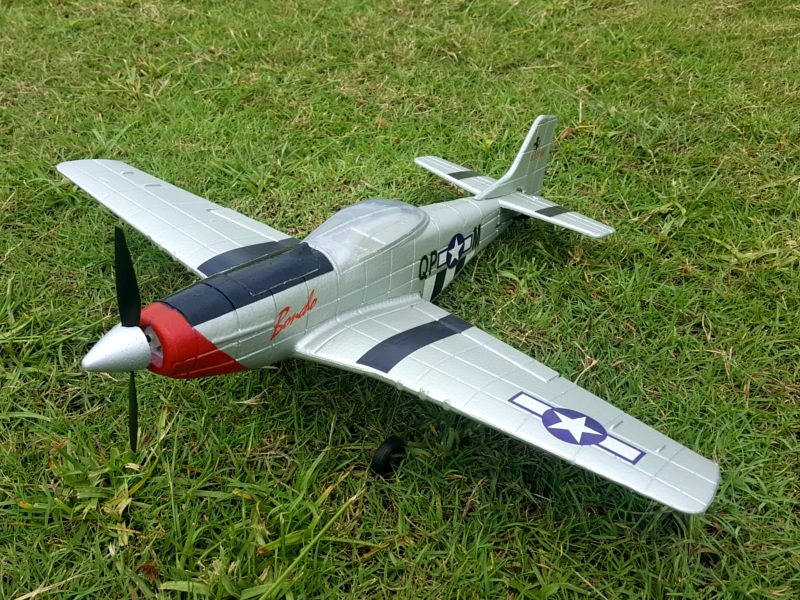How do RC jets fly?

RC jets are remote-controlled model aircraft that are powered by a small jet engine. They are usually small enough to fit in the palm of your hand and are usually made of lightweight materials such as foam and plastic. RC jets are powered by a small turbine engine that uses a turbine fan to compress air and fuel to create thrust. This thrust is then used to propel the jet forward.
The power of the jet is controlled by a radio transmitter, which sends signals to a receiver on the jet. The receiver then sends signals to the engine, which adjusts the power output accordingly. This allows the pilot to control the speed and direction of the jet.
The jet engine works by compressing air and fuel in the combustion chamber. This mixture is then ignited, creating a hot gas that expands rapidly. This expanding gas creates a thrust that propels the jet forward. The thrust is controlled by a throttle, which adjusts the amount of fuel and air that is mixed in the combustion chamber.
The thrust is also affected by the size and shape of the jet. The larger the jet, the more thrust it will generate, and the faster it will be able to fly. The shape of the jet also affects the thrust, as a more aerodynamic shape will create less drag and therefore more thrust.
RC jets are typically flown in open areas such as parks or fields. This is because they need a large area to fly safely and without hitting any obstacles. The pilot also needs to be aware of the wind speed and direction, as this will affect the performance of the jet.
In order to fly an RC jet, the pilot needs to have a good understanding of aerodynamics and the principles of flight. They must also be familiar with the controls and how to use them. It is also important to practice in a safe environment before attempting to fly in public areas.
RC jets can be a lot of fun to fly and can be used for racing and other competitions. They can also be used to take aerial photographs and videos. However, they require a lot of skill and practice to fly safely, and should only be attempted by experienced pilots.
Comments / Question
2. Make sure you have an instructor with you if you're a beginner.
3. Check weather and wind conditions before flying.
4. Fly at a safe altitude and stay away from obstacles.
5. Wear protective gear such as eye protection and gloves.
6. Check all connections and control systems before takeoff.
7. Make sure your batteries are fully charged and secure.
8. Be aware of other aircraft in the airspace.
9. Keep your distance from airports and other controlled airspace.
10. Properly dispose of dead batteries and other hazardous materials.

